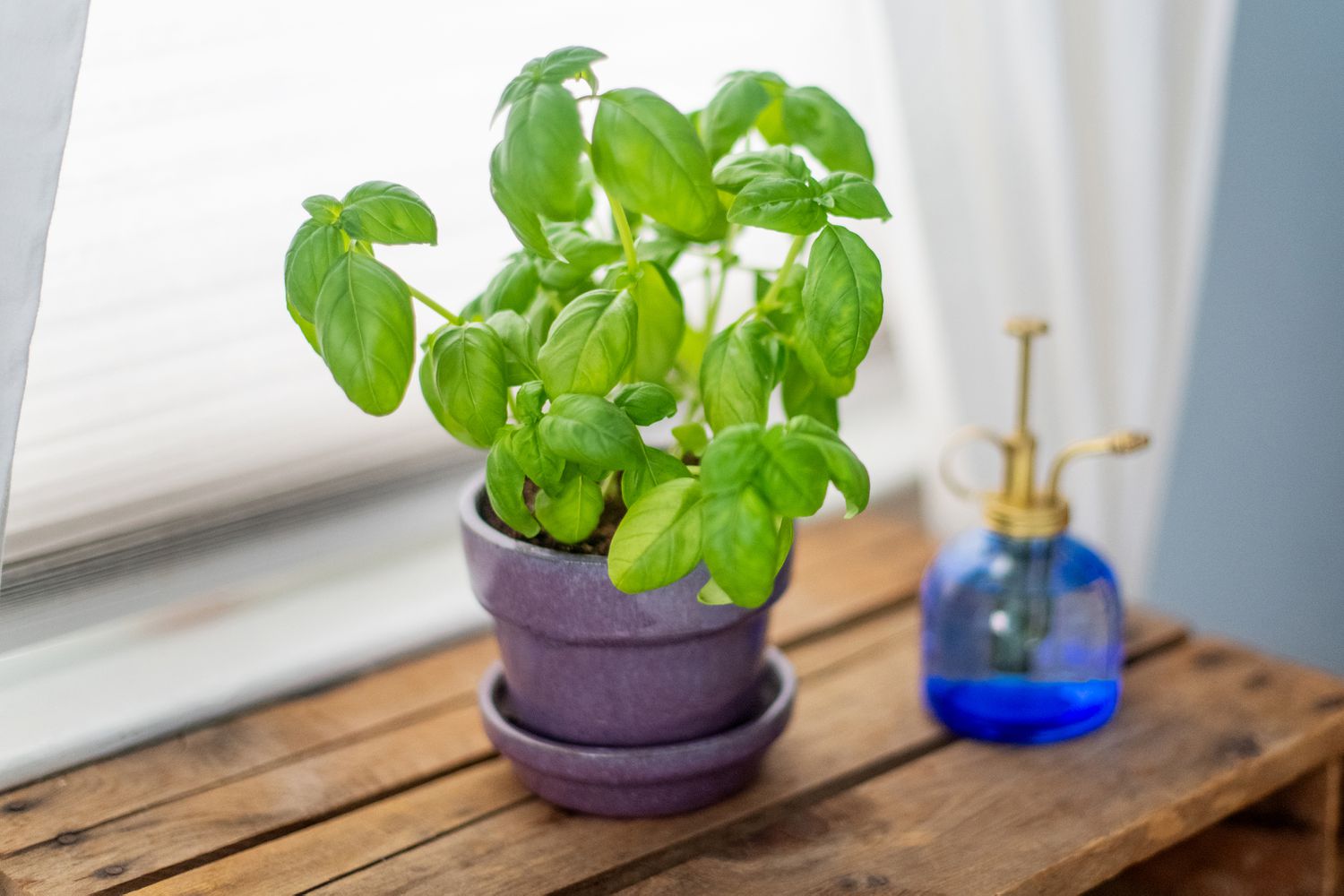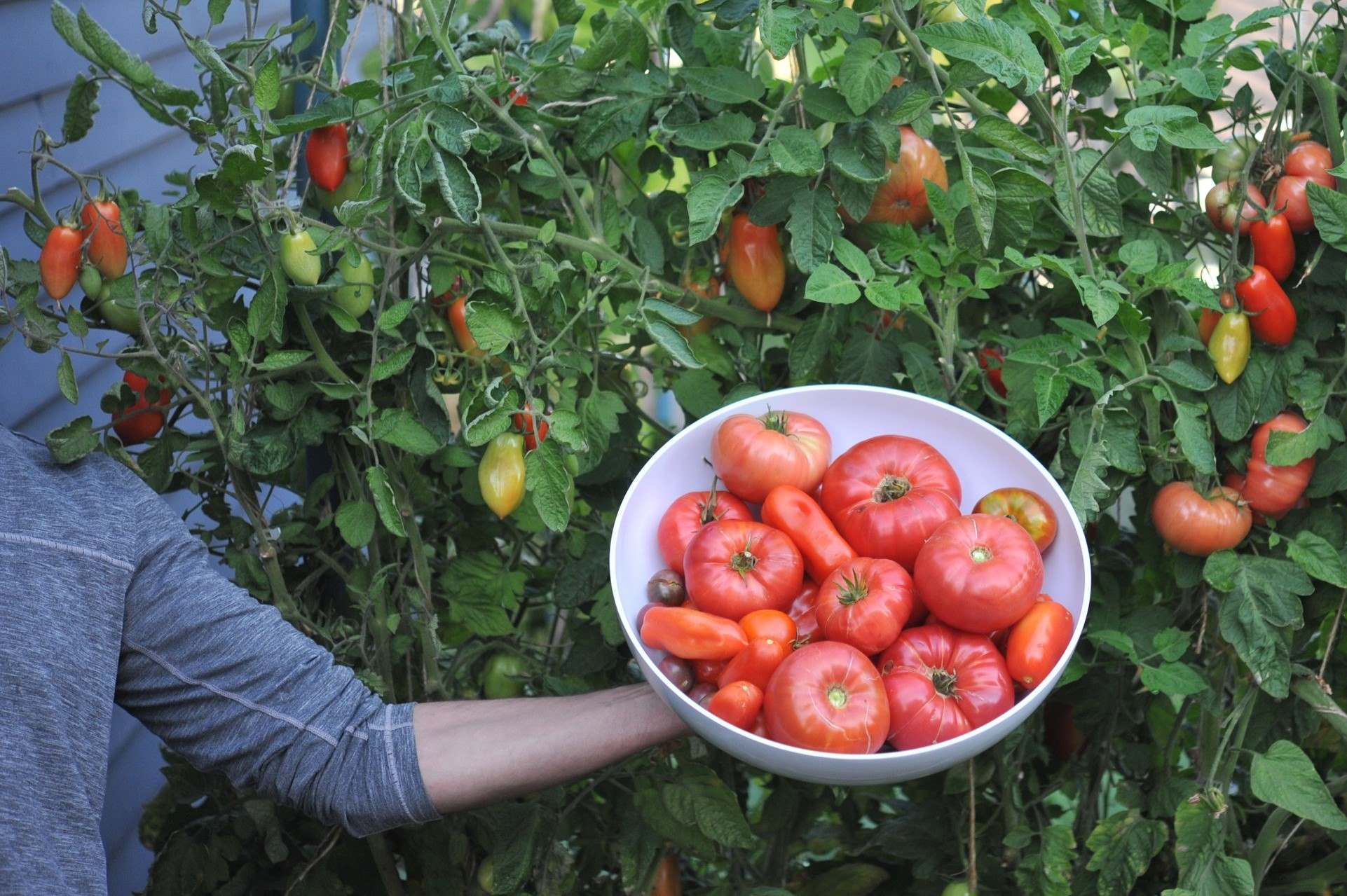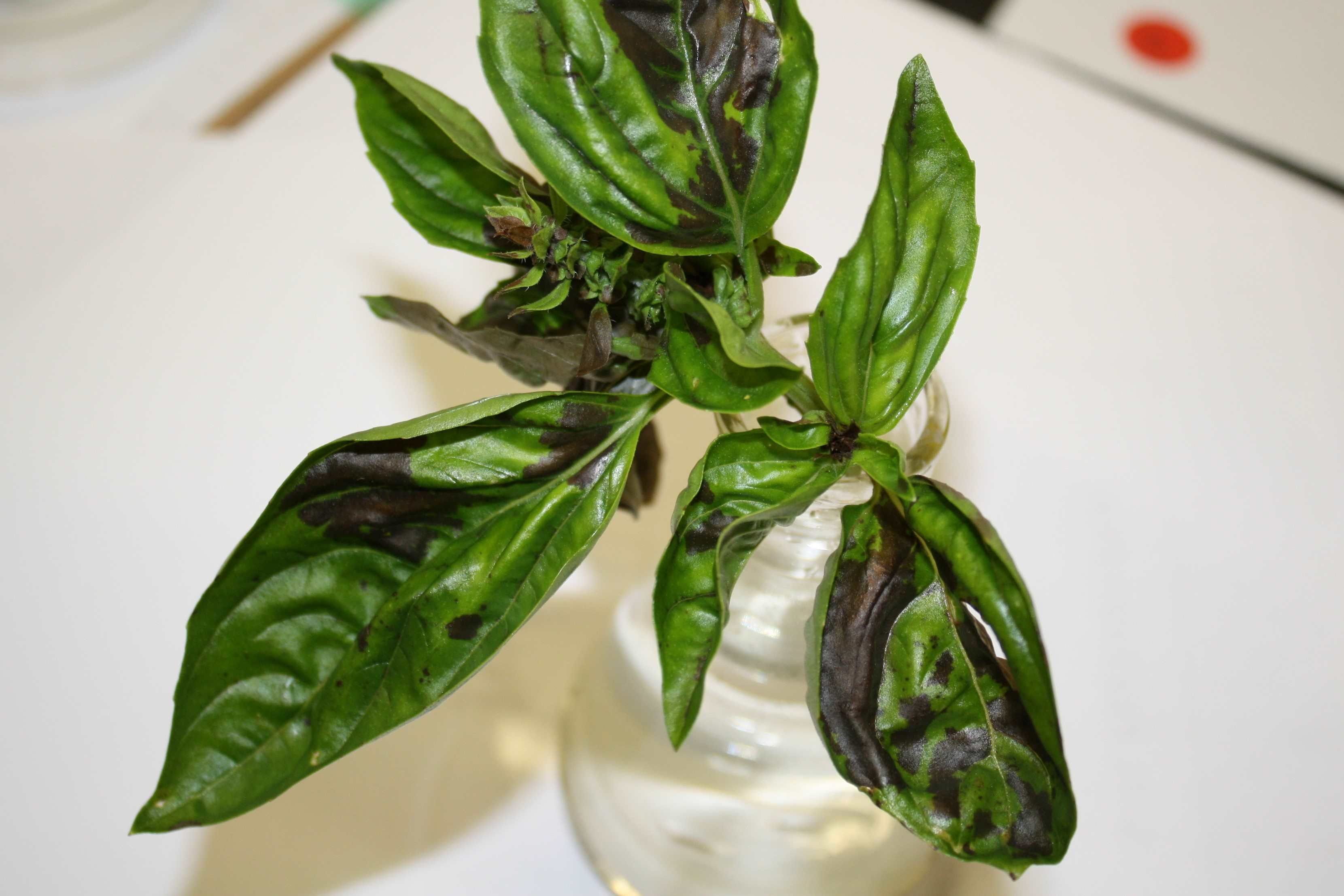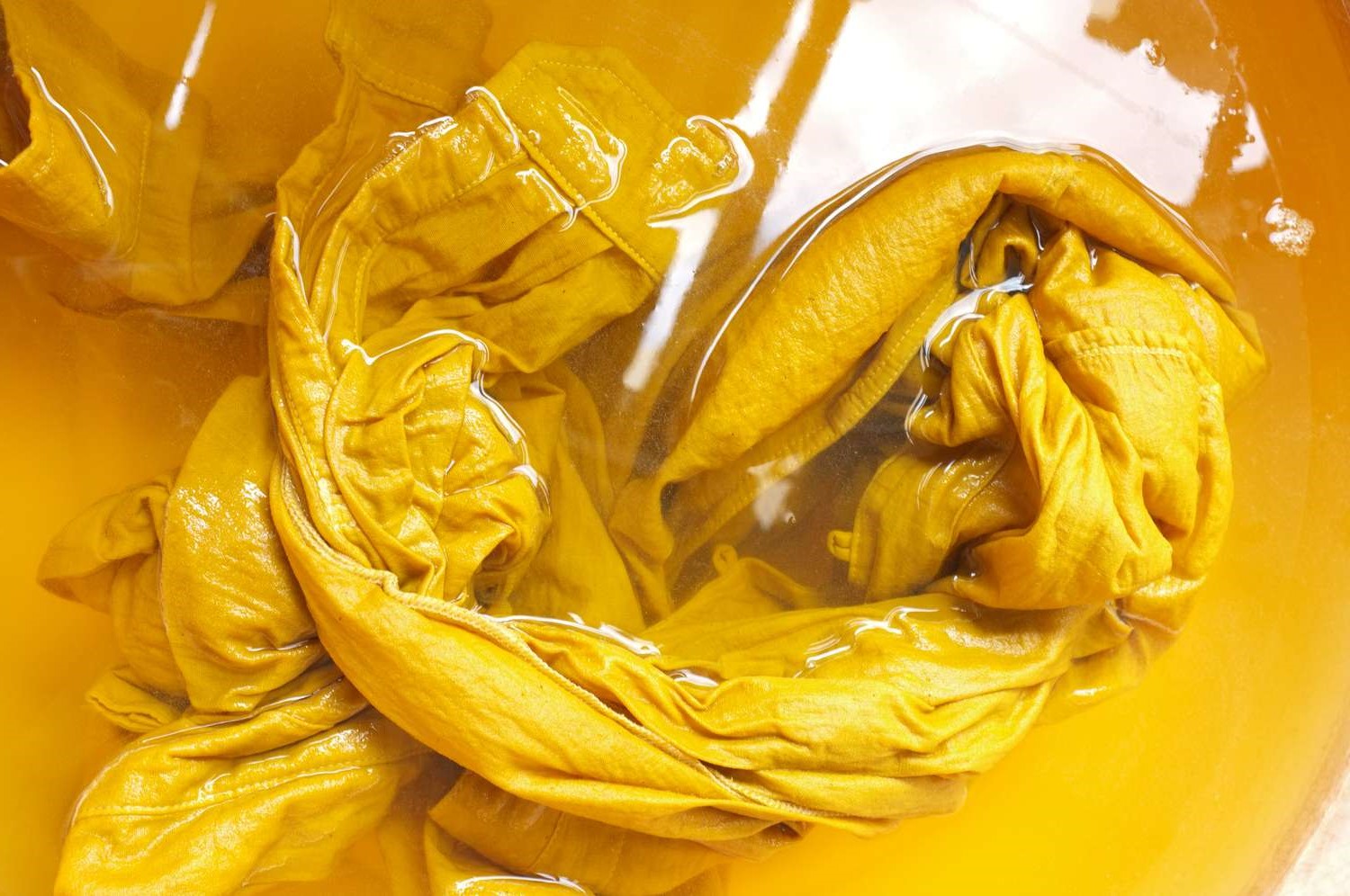Home>Home and Garden>How To Harvest Basil
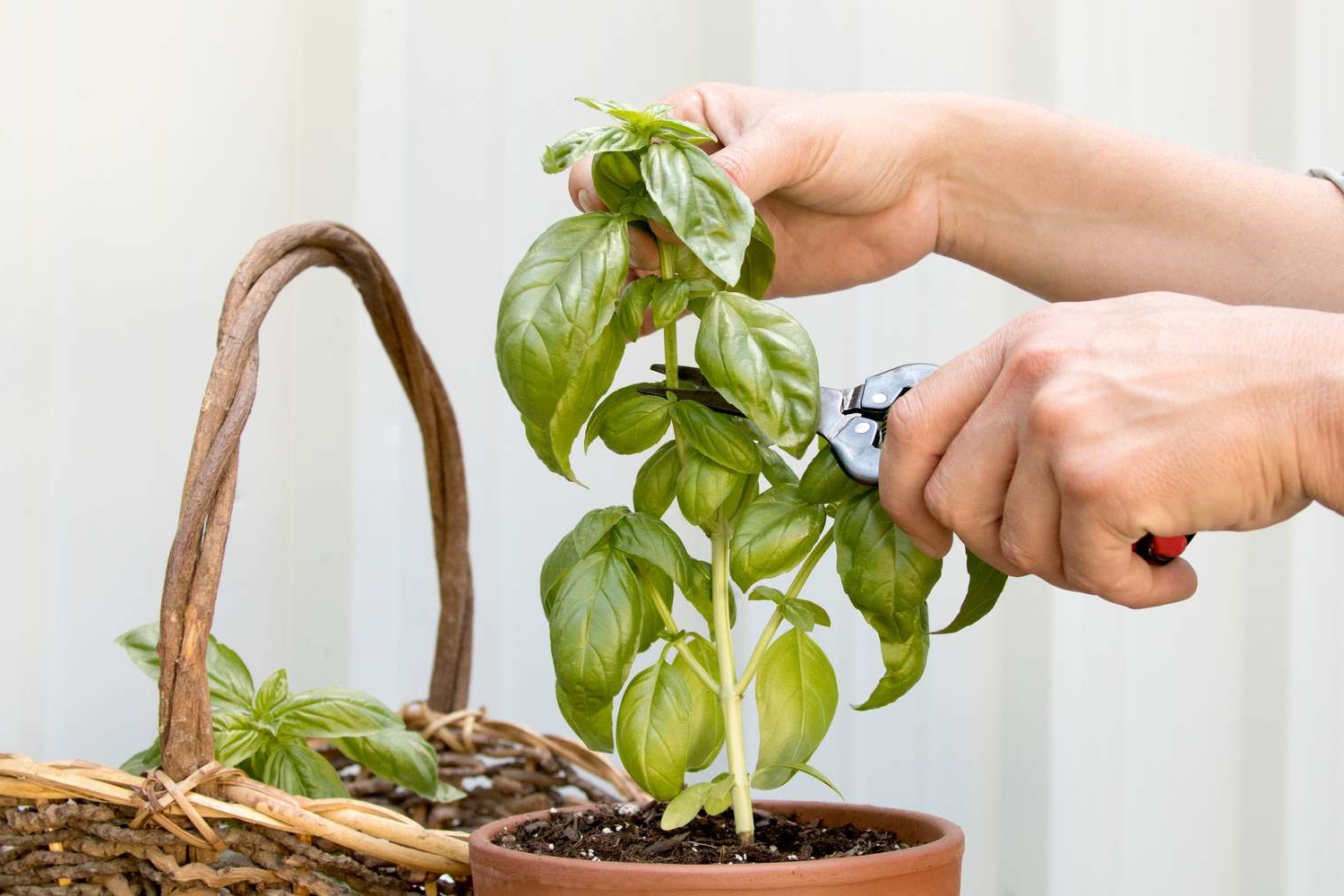

Home and Garden
How To Harvest Basil
Published: March 2, 2024
Learn how to harvest basil from your home garden with our easy step-by-step guide. Discover the best techniques for a bountiful basil harvest.
(Many of the links in this article redirect to a specific reviewed product. Your purchase of these products through affiliate links helps to generate commission for Noodls.com, at no extra cost. Learn more)
Table of Contents
Introduction
Basil, with its distinctive aroma and flavorful leaves, is a beloved herb in the culinary world. Whether you're a seasoned gardener or a novice with a green thumb, learning the art of harvesting basil is essential for enjoying its fresh, vibrant taste in various dishes. From homemade pesto to caprese salads, basil adds a delightful touch to countless recipes, making it a staple in many kitchens.
Understanding the nuances of harvesting basil is crucial for ensuring a bountiful yield and maintaining the plant's health. By mastering the techniques of proper harvesting, you can savor the full potential of this versatile herb. From selecting the ideal time for harvesting to employing the right tools and methods, every step plays a pivotal role in preserving the flavor and fragrance of freshly picked basil.
In this comprehensive guide, we will delve into the intricacies of harvesting basil, providing you with valuable insights and practical tips to elevate your gardening and culinary experiences. Whether you have a flourishing basil plant in your garden or are planning to cultivate one, this guide will equip you with the knowledge and skills needed to harvest basil with confidence and finesse.
Embark on this journey with us as we explore the art of harvesting basil, from the initial stages of choosing the right time for harvesting to the final steps of storing and preserving the freshly harvested leaves. By the end of this guide, you will be well-versed in the art of harvesting basil, ready to infuse your dishes with the vibrant essence of this beloved herb.
Read more: How To Dry Basil
Choosing the Right Time to Harvest Basil
Harvesting basil at the optimal time is crucial for ensuring the best flavor and aroma. The ideal time to harvest basil is when the plant has developed a robust set of leaves but has not yet started to flower. This stage, known as the pre-bloom phase, is when the basil plant's essential oils are at their peak, resulting in the most intense flavor and fragrance.
To determine whether your basil is ready for harvest, examine the plant closely. Look for full, vibrant leaves that are not yet showing signs of flowering. The leaves should be lush and plump, indicating that the plant has reached a stage of maturity conducive to harvesting. Additionally, inspect the overall appearance of the basil plant, ensuring that it is healthy and free from any signs of wilting or disease.
It's important to note that basil is best harvested in the morning, after the dew has dried but before the sun's heat becomes too intense. At this time, the leaves are at their freshest, and the essential oils are most concentrated, maximizing the herb's flavor and fragrance.
By selecting the right time to harvest basil, you can capture the essence of this aromatic herb at its peak, elevating the culinary experience and allowing its vibrant flavors to shine in your dishes.
Tools and Equipment Needed for Harvesting
When it comes to harvesting basil, having the right tools and equipment at your disposal can make the process efficient and rewarding. Here's a detailed look at the essential items you'll need for a successful basil harvest:
-
Sharp Pruning Shears: A pair of sharp pruning shears is indispensable for cleanly and precisely snipping basil stems. Look for shears with a comfortable grip and a sharp blade to ensure smooth cuts without causing damage to the plant.
-
Harvesting Basket or Container: A sturdy basket or container is essential for collecting the freshly harvested basil leaves. Opt for a lightweight and breathable container that allows air circulation to prevent the leaves from wilting.
-
Gloves: While not mandatory, wearing gardening gloves can protect your hands from potential scratches and irritation, especially if you have sensitive skin.
-
Watering Can or Hose: Before embarking on the harvest, ensure that you have a watering can or hose nearby. This allows you to water the basil plant if needed, providing it with hydration after the pruning process.
-
Clean Cloth or Paper Towels: Keeping a clean cloth or paper towels handy is useful for gently wiping the basil leaves if they have any dirt or debris on them. This step is crucial for preserving the quality and cleanliness of the harvested leaves.
-
Optional: Harvesting Scissors: In addition to pruning shears, having a pair of small harvesting scissors can be beneficial for delicately trimming smaller basil stems and leaves.
By assembling these essential tools and equipment, you'll be well-prepared to embark on a successful basil harvest. With the right implements at your disposal, you can ensure that the harvesting process is smooth, efficient, and conducive to preserving the freshness and flavor of the basil leaves.
Step-by-Step Guide to Harvesting Basil
-
Inspect the Basil Plant: Begin by carefully examining the basil plant to identify the stems with the fullest and healthiest leaves. Look for vibrant, plump leaves that are free from any signs of wilting or discoloration. Selecting the best-quality leaves is essential for ensuring a flavorful and aromatic harvest.
-
Prepare Your Tools: Gather your sharp pruning shears and ensure they are clean and sharp. This step is crucial for making clean cuts that promote the plant's health and facilitate regrowth. Additionally, have your harvesting basket or container, gloves, and optional harvesting scissors ready for use.
-
Choose the Stems to Harvest: Identify the stems that are ready for harvest, focusing on those with the most abundant and mature leaves. It's important to leave some leaves on the plant to support continued growth and vitality. Selecting the right stems for harvest is key to maintaining the basil plant's overall health and productivity.
-
Make Clean Cuts: Using your sharp pruning shears, carefully snip the selected stems just above a set of healthy leaves. Aim for a clean cut that is angled and positioned above a leaf node. This technique encourages new growth and prevents the remaining stem from becoming a potential entry point for disease.
-
Collect the Harvested Basil: As you trim the stems, place the freshly harvested basil leaves in your designated harvesting basket or container. Handle the leaves with care to avoid bruising or damaging them, preserving their quality and flavor.
-
Inspect and Clean the Leaves: Once the harvesting is complete, take a moment to inspect the harvested basil leaves for any dirt or debris. Gently wipe the leaves with a clean cloth or paper towels to ensure they are free from impurities, maintaining their freshness and cleanliness.
-
Water the Basil Plant: After the harvest, consider giving the basil plant a light watering to provide it with hydration and support its recovery from the pruning process. This step contributes to the plant's overall well-being and encourages regrowth.
-
Store the Harvested Basil: If you're not using the freshly harvested basil immediately, store it in a cool, dry place to maintain its flavor and fragrance. Avoid exposing the leaves to direct sunlight or excessive heat, as this can diminish their quality.
By following this step-by-step guide, you can master the art of harvesting basil with precision and care, ensuring a plentiful yield of fresh, aromatic leaves for your culinary endeavors.
Storing and Preserving Freshly Harvested Basil
After the exhilarating process of harvesting fresh basil, it's essential to focus on preserving its vibrant flavor and fragrance for future use. Proper storage techniques are paramount in maintaining the quality of the basil leaves, ensuring that they retain their aromatic essence and culinary value. Here's a detailed exploration of the best practices for storing and preserving freshly harvested basil:
Read more: How To Harvest Lettuce
Air-Drying Method
One of the most traditional and effective ways to preserve basil is through air-drying. This method involves bundling the harvested basil stems together and hanging them upside down in a well-ventilated area. The optimal location for air-drying basil is a cool, dry space away from direct sunlight. As the basil stems gradually dry, the leaves will shrink and become brittle, indicating that they are ready for storage. Once fully dried, carefully remove the leaves from the stems and store them in an airtight container, such as a glass jar or resealable plastic bag, away from heat and light.
Freezing Technique
Freezing freshly harvested basil is a convenient method for preserving its vibrant flavor and green hue. Begin by thoroughly washing and drying the basil leaves to remove any dirt or moisture. Next, finely chop or puree the basil leaves and place them in ice cube trays, covering them with water or olive oil. Once frozen, transfer the basil cubes to a freezer-safe container or bag for long-term storage. This technique allows you to conveniently access individual portions of basil for cooking, adding a burst of fresh flavor to your dishes.
Refrigeration with Oil
Another popular method for preserving basil involves storing the leaves in oil, such as olive oil, to create flavorful infusions. After washing and thoroughly drying the basil leaves, place them in a clean, dry jar and cover them with oil, ensuring that the leaves are fully submerged. Store the jar in the refrigerator, allowing the basil to infuse the oil with its aromatic essence. This infused oil can be used in various culinary applications, adding a delightful basil flavor to dressings, marinades, and sautés.
Vacuum Sealing
Utilizing a vacuum sealer is an effective way to preserve the freshness of basil leaves for an extended period. After washing and drying the basil leaves, arrange them in a single layer on a tray and place them in the freezer for a brief period to pre-freeze. Once the leaves are partially frozen, transfer them to vacuum-seal bags and remove the air using a vacuum sealer, creating a tight seal that protects the basil from freezer burn and oxidation. This method ensures that the basil retains its vibrant color and flavor, ready to be used whenever needed.
By employing these proven techniques for storing and preserving freshly harvested basil, you can extend the lifespan of this beloved herb while maintaining its exceptional flavor and aroma. Whether air-drying, freezing, infusing with oil, or vacuum sealing, each method offers a unique approach to preserving basil, allowing you to enjoy its culinary magic throughout the year.
Read more: How To Harvest Sunflower Seeds
Tips for Maximizing Basil Harvests
To ensure a continuous and abundant supply of fresh basil, implementing strategic practices to maximize your harvests is essential. By incorporating the following tips into your basil cultivation and harvesting routine, you can optimize the yield and quality of this beloved herb.
1. Regular Pruning and Harvesting
Consistent pruning and harvesting are key to promoting the growth and productivity of basil plants. By regularly snipping off the top leaves and stems, you encourage lateral branching and new leaf growth, resulting in a bushier and more prolific plant. This approach not only provides you with a steady supply of fresh basil but also prevents the plant from flowering too early, preserving the leaves' optimal flavor and aroma.
2. Fertilization and Nutrient Management
Maintaining the proper balance of nutrients in the soil is crucial for supporting the vigorous growth of basil plants. Consider using a balanced fertilizer with a higher nitrogen content to promote leafy growth. Additionally, incorporating organic matter into the soil, such as compost or well-rotted manure, can enhance the soil's fertility and contribute to robust basil plants with abundant foliage.
3. Adequate Watering and Moisture Control
Basil thrives in well-draining soil that is consistently moist but not waterlogged. It's important to water the plants regularly, especially during dry spells, while ensuring that the soil does not become excessively saturated. Mulching around the base of the plants can help retain moisture and regulate soil temperature, contributing to healthy and vigorous basil growth.
4. Optimal Sunlight and Temperature Conditions
Positioning your basil plants in a location that receives ample sunlight is essential for their overall health and productivity. Aim for at least six to eight hours of sunlight per day to promote robust leaf development. Additionally, monitoring and regulating the ambient temperature around the plants, especially during extreme heat, can prevent stress-induced wilting and bolting, ultimately maximizing the yield of flavorful basil leaves.
5. Succession Planting
Implementing a succession planting strategy allows you to stagger the sowing of basil seeds or the transplanting of seedlings at regular intervals. This approach ensures a continuous harvest throughout the growing season, providing you with a fresh supply of basil while allowing the newly planted specimens to mature and flourish.
6. Pest and Disease Management
Vigilant pest and disease management is crucial for safeguarding the health and productivity of basil plants. Regularly inspect the foliage for signs of pests, such as aphids or spider mites, and promptly address any infestations using organic pest control methods. Additionally, practicing good garden hygiene and providing adequate air circulation can help prevent common basil diseases, such as downy mildew, ensuring the plants remain robust and productive.
By integrating these tips into your basil cultivation and harvesting endeavors, you can create an environment that fosters the continuous growth and abundant yield of this cherished herb. With careful attention to pruning, nutrition, moisture, sunlight, planting schedules, and plant health, you can maximize your basil harvests, enjoying a steady and flavorful supply of fresh leaves for your culinary creations.
